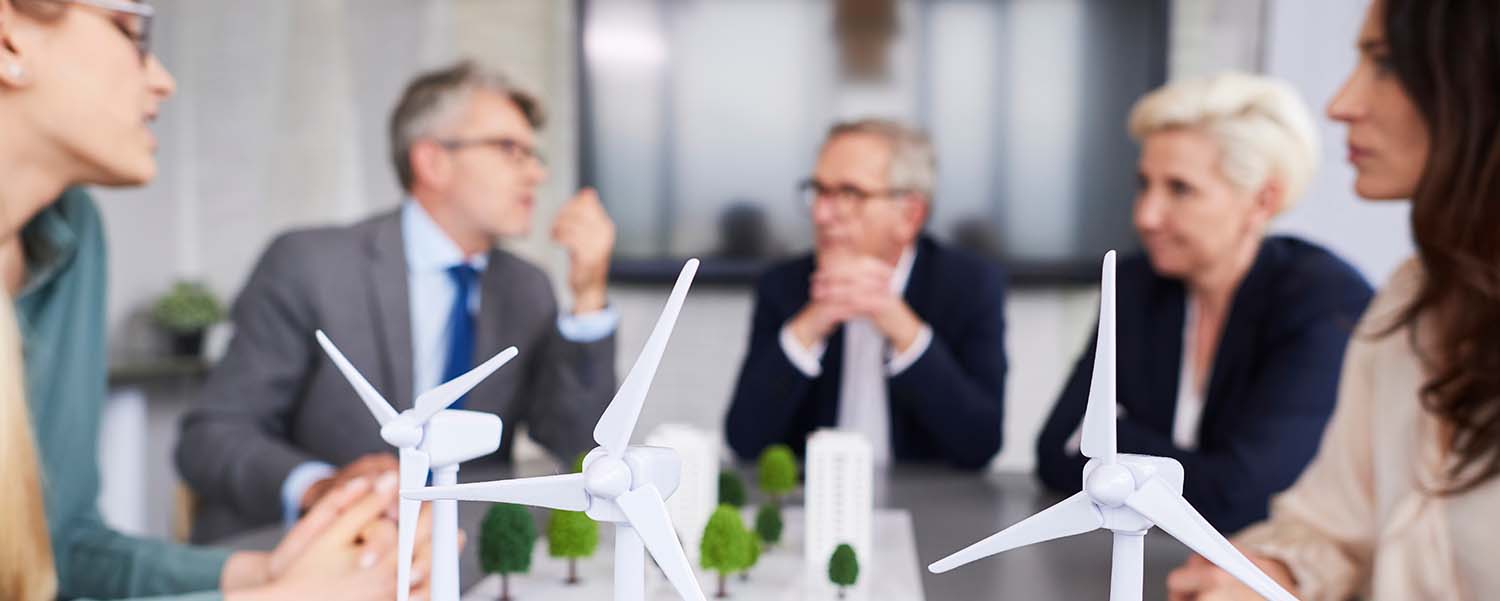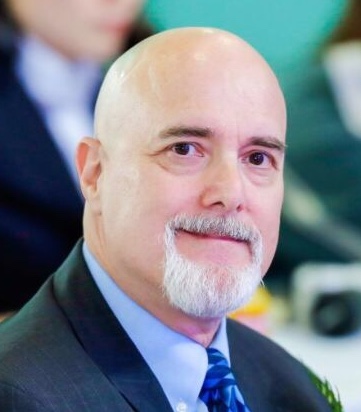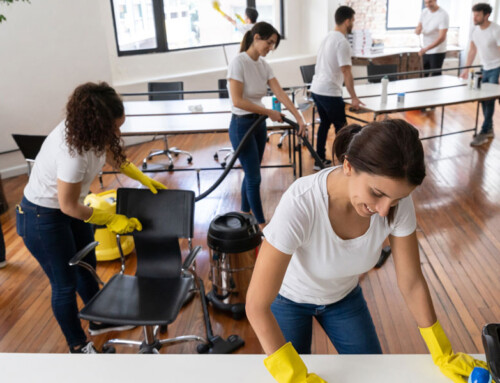Can Authentic Green Products Come from ‘Bad’ Companies?

The cleaning industry is comprised of outstanding companies, many of whom are rightly recognized as global leaders. These are indeed “good” companies that are valued by their customers, treat their employees with respect and pay them equitably, are conscientious about their communities and the environment, and excel financially.
These “good” companies represent 99% or more of the industry, but as the adage goes, “It only takes one rotten apple to spoil the barrel.” The challenge faced by purchasers is it is often hard to distinguish the “good” from the “bad” apples. It is especially challenging when “bad” isn’t simply one that obviously violates the law or appears on an OSHA safety data sheet. While green certifications address product and service-related health and environmental impacts, when every vendor has certified products and services, purchasers look even deeper to differentiate among prospective offerings.
The challenge of green products or services from ‘bad’ companies
Green cleaning has become a significant part of the global cleaning industry. Today, hundreds of companies with thousands of products have been certified to green standards from the likes of Safer Choice, Green Seal, UL, and other similar certifiers. And it is the assurances from these certifiers that, in fact, qualify these products or services as being “authentically” green. But now that green cleaning products have become so widely available, purchasers are starting to think more deeply about the fundamental reasons they want green products or services in the first place. These purchasers are now wondering if a certified green product or service can truly be “authentic” if it is made by a “bad” company?
What purchasers want to know
Purchasers now want to know more about the suppliers’ own efforts relative to sustainability and ESG (environment, social, and governance) issues to better align their supply chain with their values and minimize risk to their operations and brand.
For example, purchasers want enough information and details to identify if the green product or service:
- Uses enslaved or forced labor when making products or when mining or harvesting raw materials. Unfortunately, this happens far too often, primarily when materials are produced or extracted in developing countries.
- Discriminates against workers by race, religion, gender, age, sexual orientation, disabilities, etc. These practices can happen throughout an entire organization, from the hiring and treatment of front-line workers to senior managers and even the ownership itself.
- Uses unfair labor practices, such as hiring workers as independent contractors or paying workers cash under the table. Regrettably, illegal contracting is far too common even in the United States.
- Pollutes air and drinking water or otherwise harms the environment due to the inefficient use of resources, such as energy (including fuels) and water, and poor handling of waste.
So, going back to the original question: Can authentic green products and services be made, distributed, or otherwise provided by “bad” companies? Perhaps at this time, the answer unfortunately, is yes. But as more information is made available to purchasers, this may change, and the results will be better for the entire cleaning industry, especially for the “good” companies that are legitimately trying to do the right thing.


















